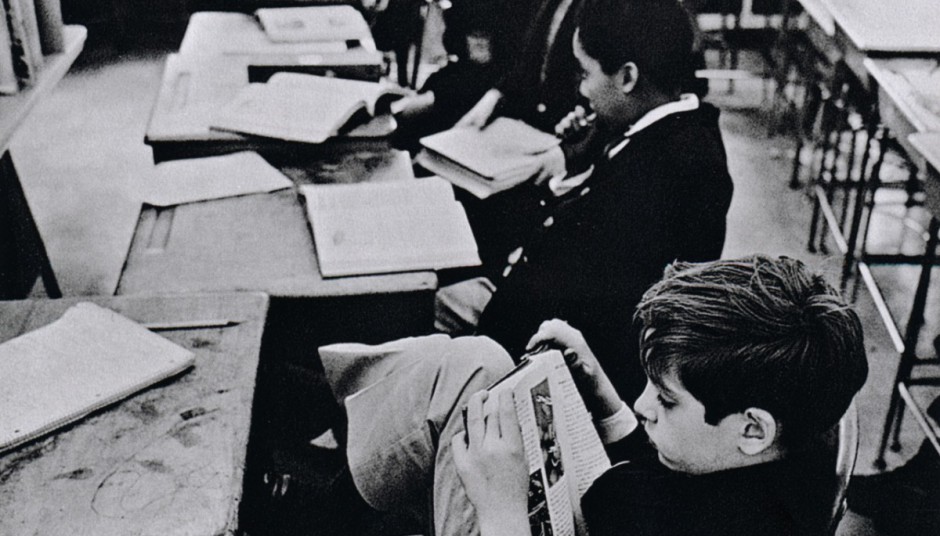I found Walker Evans approach to this project very interesting. The fact that he was able to take these pictures without the subjects being aware definitely adds a unique twist on the photograph. We see many pictures where people are posed. Even pictures where people are not posed, if they know that there is a camera around than they may act differently. By using this method, Evans was able to get a true representation of people doing a daily routine. Because he did this on the New York City subway, we get insight into the lives of people from many different walks of life. The subway doesn’t discriminate. People from every economic and social situation need to use it. It is one way that we can observe the daily lives of all New Yorkers. You can also see many similarities between the expressions then and now with most people having a morose or serene look on their face, with the prospect of another day at work.
Contact Information
Professor Sandra Cheng
Office: Namm 602B
Office Hours: Mon 10-11 am, Tu/Th 9-10 am or
by appointment
Office Tel: 718-260-5003
Email: scheng@citytech.cuny.edu New York Times Arts
New York Times Arts-
Recent Posts
Recent Comments
- Leidy on Homework #3: Robert Capa’s Death of a Loyalist Soldier
- Djane96 on Homework #2: Walker Evans’ Subway Portraits
- Djane96 on Homework #3: Robert Capa’s Death of a Loyalist Soldier
- Kelly-Ann on Henry Gomez Homework #3: Robert Capa’s Death of a Loyalist Soldier
- Billy on Homework #3: Robert Capa’s Death of a Loyalist Soldier
Archives
Categories
Meta



